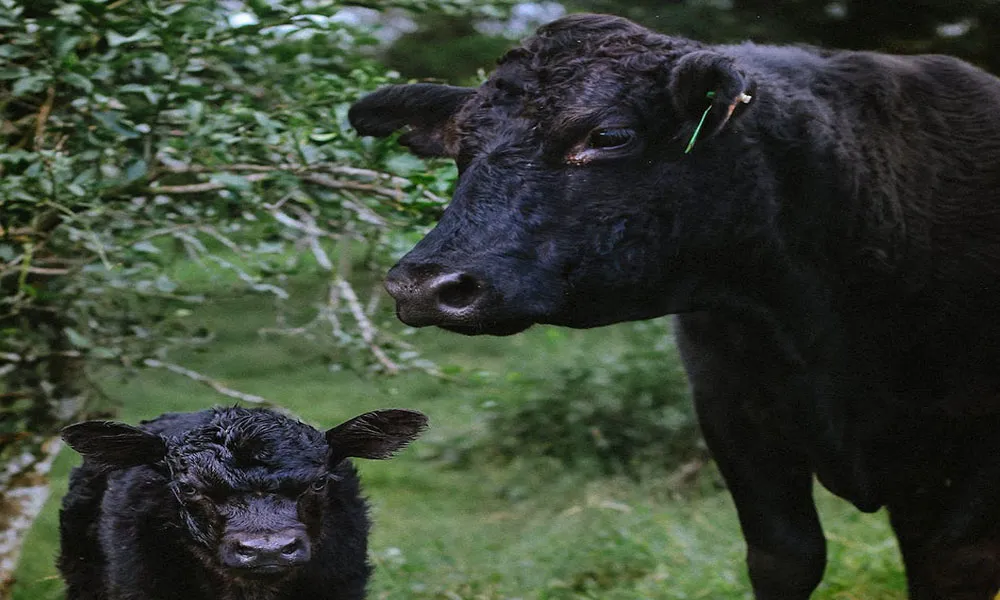
Calving Season: Be Aware of Risks
As the 2024 spring calving season gets underway, farmers are being urged to take all necessary precautions when dealing with livestock. We should not be dismissive of the risks associated with livestock management at this time of year. The statistics, after all, are stark. According to Teagasc, a quarter of Irish farm accidents are attributable to livestock handling activities. Elderly farmers are particularly vulnerable, with livestock-related incidents accounting for 15% of farm mortality among older farmers. Cow attacks in the hours and days after calving are among the most common causes of livestock-related accidents.
Bearing in mind the level of risk, it is essential that we follow best practice in terms of health and safety. Fortunately, this is not particularly difficult to do. There are a few simple measures that farmers can take to mitigate the risk of a serious incident over the weeks ahead. These should be followed to safeguard the welfare of farm workers and animals alike.
Plan your escape route
As with any other potentially hazardous activity on the farm, you should always carry out a risk assessment before the calving season starts. You can do this by examining the pen or pens where you expect to calve your cows. Ask yourself if there is an obvious and reliable escape route for farm workers, should they get into difficulty. Always be prepared to make for this escape route if an animal shows signs of aggression; and avoid any situation whereby the animal gets between you and the escape route.
Good communication is key
Before entering a pen to handle an animal, you should always ensure that you have multiple means of communication available to you in case of an emergency. In the first instance, keep your phone on you and be prepared to call for help if needs be. In addition, you should always tell someone (i.e. family or friends) where you are going before you enter a calving pen. It is also a good idea to have a second person on hand to assist in the event of something going wrong.
Calving cameras have become a popular option among farmers in recent years, and there are safety benefits to using this technology. In particular, it reduces the number of times you will need to enter calving pens by allowing you to keep an eye on cattle from the comfort of your bed!
Aggressive animals
Some cattle are more aggressive than others. You should assess your cows now for signs of unusual aggression. Remember that cows that exhibit aggressive behaviour now are more likely to become dangerous when calving, so it is a good idea to cull these in advance.
Handling facilities
All farmers should ensure that they have safe, appropriate housing and handling facilities in place before calving commences on the farm. Calving pens should be cleaned and disinfected after each use, and plenty of good quality bedding should be provided. Remember that comfortable cows are less likely to feel stressed and are, by extension, less likely to show aggression.
Good lighting in the area of the pen is obviously essential, as this will allow you to see where potential risks might come from. It is equally important that you keep pens, and the areas around them, free of obstacles that might impede your escape if a cow suddenly becomes aggressive.
Minimising risk
Good handling facilities should minimise the need for direct physical contact with calving cows. Only enter the pen when absolutely necessary.
You should also remember that not all livestock-related injuries are the result of animal attacks. Pulling calves can be extremely hard on the back, so you may wish to use calving aids such as calving jacks and pulley systems to offset the risk of harm.
Keeping children safe
Finally, and perhaps most importantly, I would implore all farmers to keep young children well away from cattle during the calving season. It is understandable that we want our children and grandchildren to get a look at new arrivals on the farm, but this should not cause us to abandon caution. In particular, we should never allow children into pens or fields where cows are calving. Cows may perceive them as a threat and attack. Don't take the risk!











